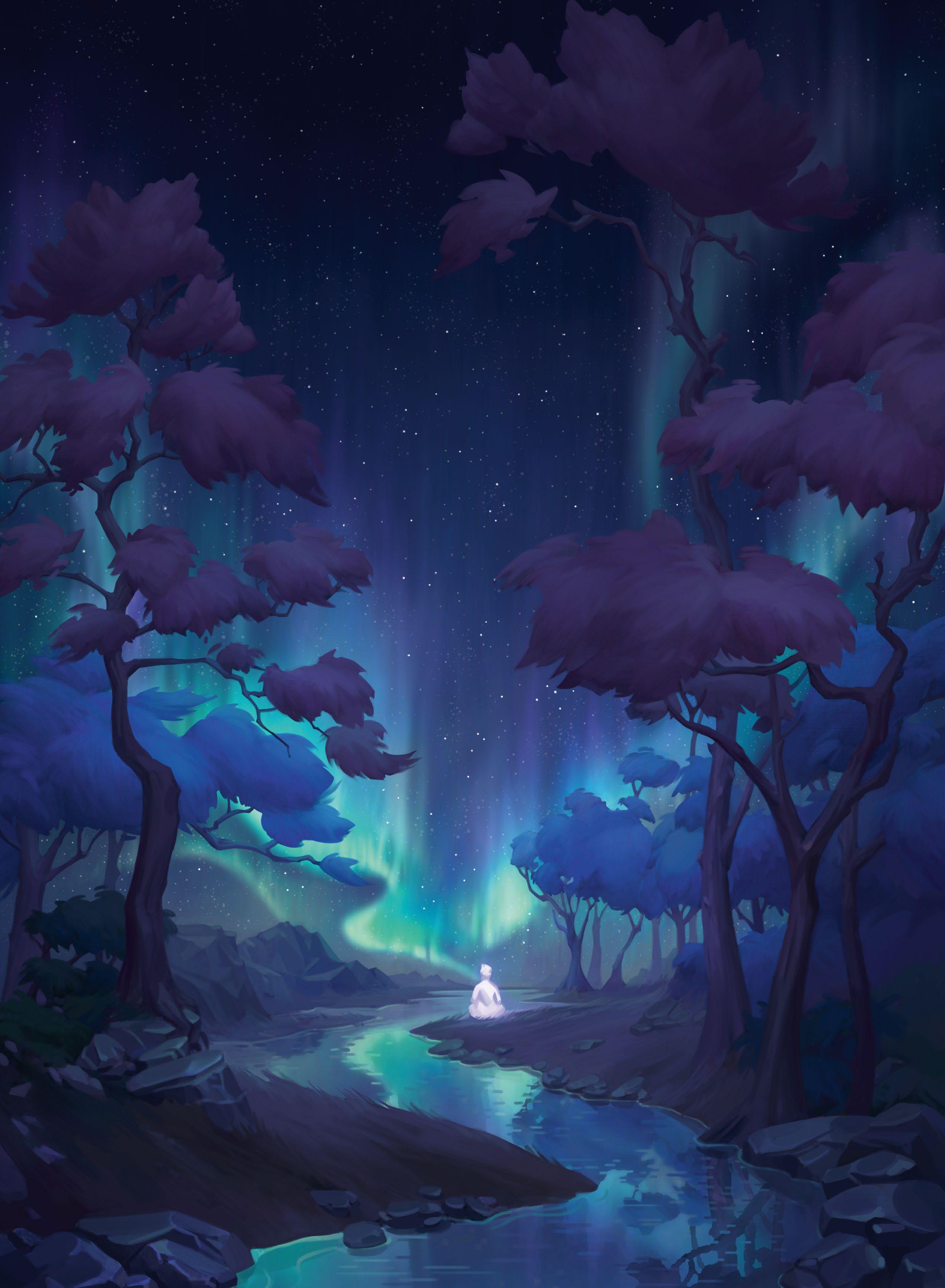
Every illustration is a harmony of many aspects, which can be a difficult task to bring together. One of the most difficult aspects of illustration to get right is the atmosphere. With it, we can understand not only the vibe of a piece, but also the feelings and emotions that arise in the viewer when looking at the illustration.
Because of this, each new artwork begins with some fundamental questions: what story do I want to tell? What feelings should it evoke in the viewer? It’s understanding the answers to these questions that underlies the choice of atmosphere and its depiction through the basic tools of any artist in composition, colour and light.
The purpose of this workshop is to show an approach to creating an atmospheric illustration, which we’ll talk through step by step. To start off I’ll explain my own ideation process, sharing some pointers to help find your initial inspiration and a fundamental idea. We’ll also talk about building up the image, from laying down values to adding colour. Finally, we’re going to take a look at the final stages, adding in details and adjusting the final composition to create a unique piece that displays the mood we set out for.
My artwork went for a peaceful atmosphere, but the same concepts can be used to create any mood.
1 Find inspiration and start searching for an idea through your sketches
The world around you is amazing and multifaceted. When you’re searching and studying the vast amount of visual material on the internet – for example on sites such as Pinterest, Flickr and 500px – you can take in a lot of interesting ideas. Photos can be a great source of inspiration for paintings and atmospheric sketches.
This story is from the {{IssueName}} edition of {{MagazineName}}.
Start your 7-day Magzter GOLD free trial to access thousands of curated premium stories, and 9,000+ magazines and newspapers.
Already a subscriber ? Sign In
This story is from the {{IssueName}} edition of {{MagazineName}}.
Start your 7-day Magzter GOLD free trial to access thousands of curated premium stories, and 9,000+ magazines and newspapers.
Already a subscriber? Sign In
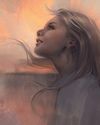
LEARN TOOLS FOR PAINTERLY STYLE
Discover how Mandy Jurgens uses the Pattern Stamp and Mixer Brush to create a traditional feel in her digital work
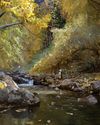
Photoshop DRAW REALISTIC ENVIRONMENTS WITH SPEED!
Liang Mark shares advice for producing gorgeous nature when developing settings
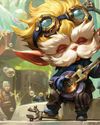
CAPTURE MOOD FROM REFERENCE
Fortune K on how she tweaked an Arcane scene for League of Legends splash art
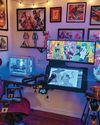
Fernando Caire
Light show We find robots, monsters and plenty of RGB around the artist's battle station
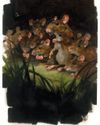
First Impressions
How martial arts training crafted an artistic talent

DESIGN A LOVABLE COVER CHARACTER
Brian Weisz reveals his process for creating our sparkling cover star and shares valuable insights into working with your clients

Apple MacBook Pro 16
CHAMPION CHIP The M4 powerhouse inside Apple’s latest laptop release makes it capable of taking on some staggeringly serious workloads for 3D-focused artists
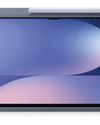
Samsung Galaxy Tab S10 Ultra
PROFESSIONAL POWER The flagship tablet is a superb choice for creative pros worth the price if you need it, but overkill if you don’t
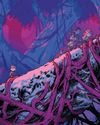
Progress in the fight against unethical AI
Battling for better Two years after generative AI forced its way into the mainstream, Tanya Combrinck looks at the advances activists have made protecting their rights
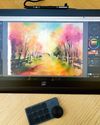
XPPen Artist Pro 19 (Gen 2)
Whether you’re a pro artist or a passionate hobbyist, this pen display offers something for everyone with beautiful colour and accurate drawing